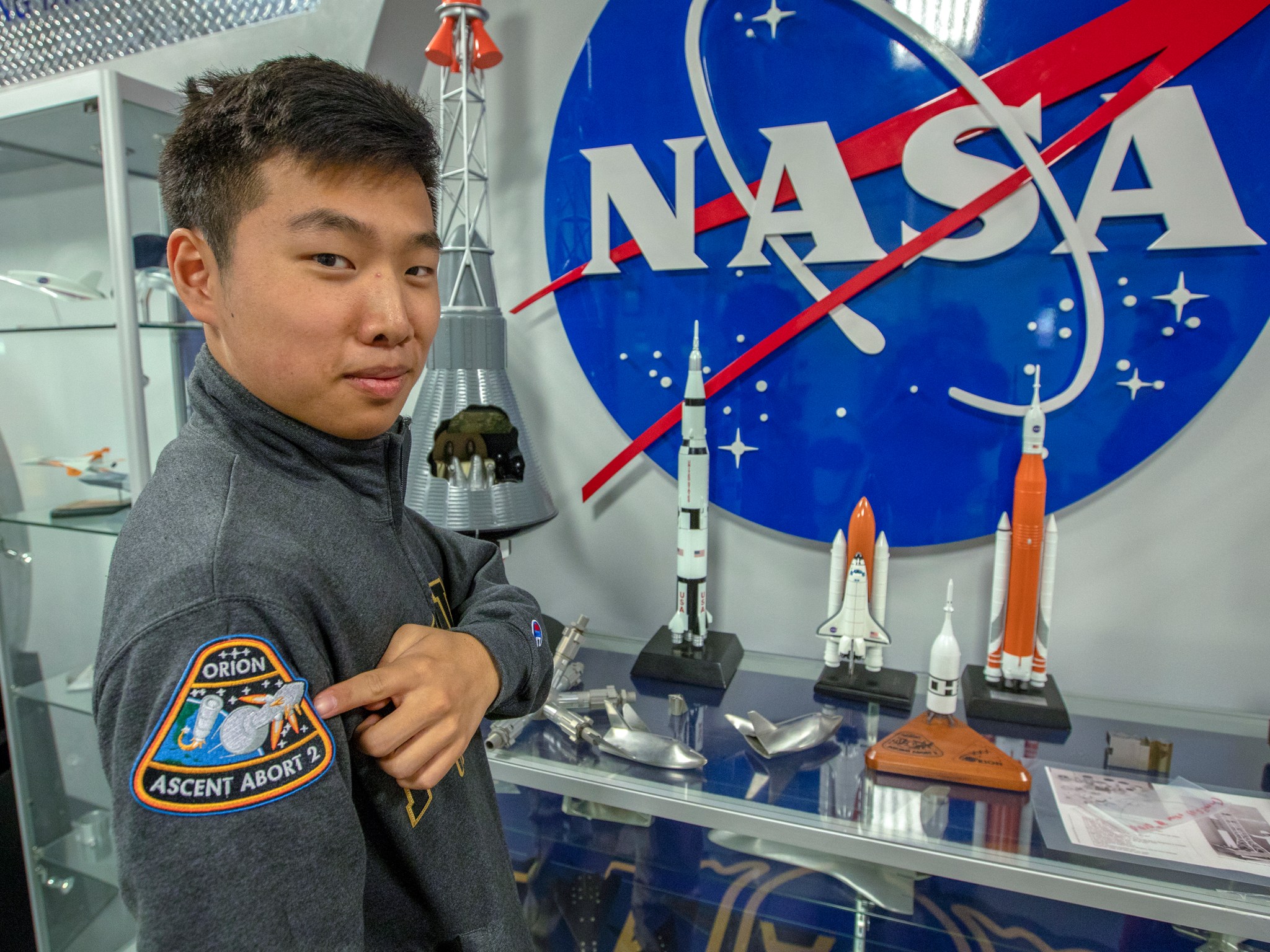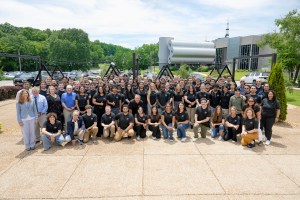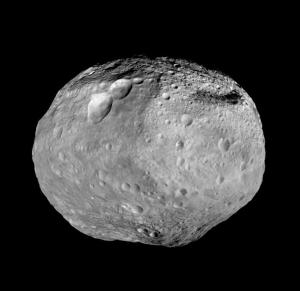Most aerospace engineering students dream of working for NASA—but few of them have the opportunity to start there before even beginning their college freshman classes. Of course, Andrew Chen isn’t your typical recent high school graduate.
“It was a one in a million chance that something like this would play out,” said Chen. He’s referring to being selected to a NASA competition culminating event and becoming a NASA intern—all before his orientation at Purdue University.
Science teacher John Yi introduced Chen and five other Millburn High School students from Millburn, New Jersey to the NASA App Development Challenge (ADC). Their group, Team Mercury, entered the ADC this past spring, working to develop an app that visualizes the three minutes of simulated test data in the upcoming Orion Ascent Abort-2 (AA-2) test scheduled for Tuesday, July 2 at Cape Canaveral Air Force Station in Florida. Adapting the code from a friend’s personal project, Team Mercury created a robust and versatile game engine to process the simulated AA-2 test data.
“For the ADC, I worked with a high school rocketry teammate on 3D modeling and animation,” said Chen. Other team members focused on competition objectives like coding and video editing.
Team Mercury’s hard work paid off in the end—they are one of two teams selected for an all-expense-paid trip to NASA’s Kennedy Space Center in Florida to see the launch live. Team Mercury is excited not only for the opportunity to view the AA-2 test but to work with the AA-2 team to potentially use their app to visualize flight test data from the launch. “Being able to see the power of the AA-2 flight test, all the hard work from all of the engineers packed into those rockets, will be really awesome to see in person” said Chen.
No stranger to science and engineering, Chen participated in a variety of STEM activities from the FIRST Tech Challenge to Science Olympiad throughout his years at Millburn. From earning National Merit Scholar status to performing in the All-State Symphonic Band for tuba, he has demonstrated diligence and perseverance to succeed in a wide range of opportunities presented to him.
Last summer, Chen applied for NASA internships for the first time, as a junior in high school. He was almost selected for one, but as a minor, he couldn’t legally take the offer. While some students might be discouraged by such a setback, Chen decided to put his shoulder to the wheel, pushing himself harder by continuing to do the things he loved.
“I started Milburn High’s rocketry team in order to keep pursuing my passion for science and engineering,” says Chen.
Chen reapplied for a summer 2019 internship, this time as a recent high school graduate, and was invited to work as a machinist fabrication intern at NASA’s Langley Research Center in Hampton, Virginia. It was an incredible moment for him. But even with the perfect internship secured, Chen didn’t stop finding opportunities in STEM activities and chasing his dreams once he accepted the internship—he joined Team Mercury and entered the app challenge after accepting the offer to come to Langley.
Chen remains excited about the upcoming AA-2 test. Coincidently, the building Chen currently works in at Langley was where the Orion boilerplate model being used in the AA-2 test was built.
“I can literally look across my desk and see the metal beams they were using to put together the vehicle, which is really amazing to think about,” says Chen.
Chen’s internship involves skills like additive manufacturing and metal milling. One of his current projects is helping develop a solar sailing satellite. As part of the Artemis generation, Chen is looking forward to studying and eventually working in aerospace engineering as NASA is working to land the first woman and next man on the Moon by 2024.
With a variety of STEM experiences in high school and his future in aerospace engineering at Purdue University, Chen feels right at home at Langley.
“I’ve learned a lot here at NASA, even in the past few weeks. It is definitely the place for me,” said Chen.
Chen encourages those who are interested in NASA internships and other STEM opportunities, to keep striving for what they love: “Find and pursue something that you are passionate about because passion will guide you towards where you belong.”
The highly-anticipated AA-2 flight test is scheduled for July 2, demonstrating Orion’s launch abort system capabilities to quickly get astronauts away from the launch vehicle in case of an emergency during ascent. The test will provide engineers with critical data to help validate computer models of the spacecraft’s abort system performance. Watch it live on NASA TV starting at 6:40 a.m. Tuesday, July 2.
































